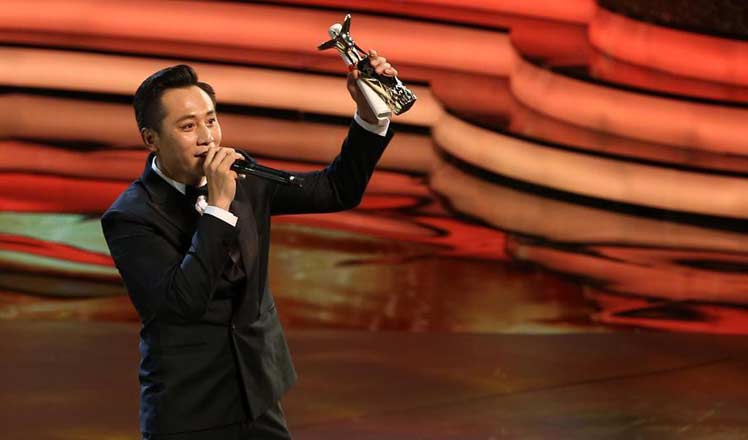Coloring books, coloring culture
Updated: 2016-06-22 07:31
By Yang Yang(China Daily)
|
||||||||
 |
|
[Photo provided to China Daily] |
In the fresco, the flying Apsaras and the gods and goddesses in charge of song and dance play supporting roles.
"This piece from the No 320 Cave from the Tang Dynasty (AD 618-907) is very gorgeous. It is well preserved and has very rich content like various kinds of musical instruments, including flutes and the pipa (a four-stringed Chinese lute). The gestures of the flying Apsaras are very beautiful, too," he says.
In AD 366, a monk named Lezun arrived in Dunhuang and dug the first cave. And in more than 1,000 years of Chinese history, worshippers from different dynasties came to the place, leaving 45,000 square meters of frescoes and more than 2,000 colored sculptures in the 735 caves that have been discovered.
In its long history, the Mogao Grottoes was a place where people could seek comfort and express gratitude, until the Ming Dynasty (1368-1644) when Dunhuang was not part of the empire.
As Buddhism came from India, the early images of the flying Apsaras seem more Indian. But gradually, ancient Chinese painters added more local elements to their work.
- British MPs pay tribute to murdered MP Jo Cox
- DPRK deploys Musudan ballistic missile in east coast
- American singer wants to perform concert in Cuba: media
- Rio government denounced for extravagant spending during crisis
- Planned Obama, Dalai Lama meeting protested
- Gravitational waves detected for second time: scientists

 Things you may not know about Summer Solstice
Things you may not know about Summer Solstice
 First lady visits Fryderyk Chopin Museum in Poland
First lady visits Fryderyk Chopin Museum in Poland
 Chinese factories score a goal with Euro 2016
Chinese factories score a goal with Euro 2016
 Euro rookie Welsh makes history to enter knock-out stage
Euro rookie Welsh makes history to enter knock-out stage
 Cavs stun Warriors in Game 7 thriller, LeBron MVP
Cavs stun Warriors in Game 7 thriller, LeBron MVP
 Highlights of awarding ceremony of Shanghai Int'l Film Festival
Highlights of awarding ceremony of Shanghai Int'l Film Festival
 Switzerland draw with France 0-0 to reach round of 16
Switzerland draw with France 0-0 to reach round of 16
 Chinese folk costumes show opens in Beijing
Chinese folk costumes show opens in Beijing
Most Viewed
Editor's Picks

|

|

|

|

|

|
Today's Top News
Abe's blame game reveals his policies failing to get results
Ending wildlife trafficking must be policy priority in Asia
Effects of supply-side reform take time to be seen
Chinese State Councilor Yang Jiechi to meet Kerry
Chinese stocks surge on back of MSCI rumors
Liang avoids jail in shooting death
China's finance minister addresses ratings downgrade
Duke alumni visit Chinese Embassy
US Weekly

|

|







